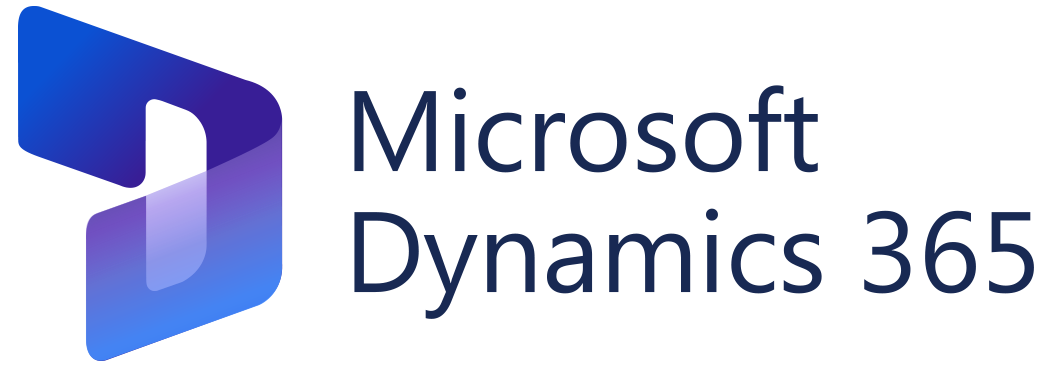- A True
- B False
Answer:
B
Justification:
- False: This statement is false. A particular Visual Studio project can only belong to one model. However, a model may contain many projects.
Related Lesson: Projects, Models, and Packages
 Module 1: Introduction to Visual Studio
Module 1: Introduction to Visual Studio  Module 2: Architecture
Module 2: Architecture  Module 3: Labels and Resources
Module 3: Labels and Resources  Module 12: X++ Overview
Module 12: X++ Overview  Module 13: Classes
Module 13: Classes 